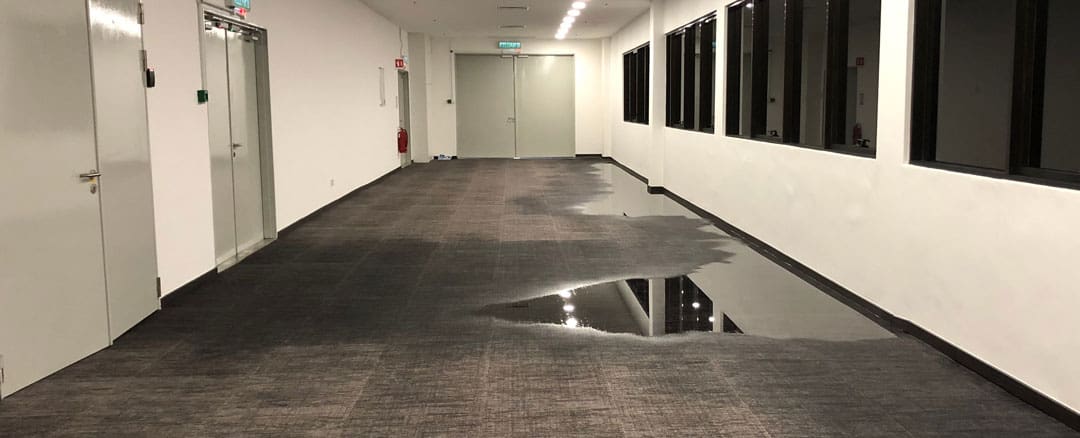Do's & Don'ts of Water Restoration.
Do's & Don'ts of Water Restoration.
Blog Article
In this article down the page you might get some very good guidance all about Reducing Your Risk Of Water And Fire Damage At Home.

Water offers life, water intrusion on parts where it's not supposed to be can result in damages. Houses with water damages smell old as well as stuffy.
Water can come from many sources such as hurricanes, floodings, ruptured pipelines, leaks, and also drain concerns. In case you experience water damage, it would certainly be excellent to understand some safety and security precautions. Below are a few guidelines on just how to handle water damages.
Do Prioritize House Insurance Policy Protection
Water damages from flooding as a result of heavy winds is seasonal. You can also experience a sudden flood when a malfunctioning pipeline suddenly ruptures right into your house. It would certainly be best to have house insurance coverage that covers both acts of God such as natural catastrophes, as well as emergency situations like damaged plumbing.
Don't Neglect to Shut Off Utilities
In the event of a disaster, specifically if you stay in a flood-prone location, it would be a good idea to shut off the major electric circuit. This cuts off power to your whole house, avoiding electric shocks when water can be found in as it is a conductor. Moreover, don't fail to remember to switch off the main water line shutoff. Furnishings will move around and cause damage when floodwaters are high. Having the primary shutoff shut down prevents further damage.
Do Remain Proactive as well as Heed Climate Signals
Listen to emptying cautions if you live near a creek, river, or lake. Doing so lowers potential property damages.
Don't Ignore the Roof
You can stay clear of rainfall damage if there are no openings and leakages in your roof covering. This will stop water from streaming down your wall surfaces as well as soaking your ceiling.
Do Focus On Tiny Leakages
A ruptured pipeline doesn't occur overnight. You might see bubbling paint, peeling wallpaper, water touches, water spots, or trickling audios behind the wall surfaces. Have your plumbing fixed before it results in massive damages.
Do Not Panic in Case of a Ruptured Pipeline
Keeping your presence of mind is vital in a time of situation. Due to the fact that it will certainly stifle you from acting fast, stressing will just compound the issue. Timing is essential when it comes to water damage. The longer you wait, the even more damage you can anticipate. Thus, if a pipeline bursts in your residence, promptly shut off your major water shutoff to cut off the source. After that unplug all electric outlets in the area or switch off the circuit breaker for that part of your house. Call a trustworthy water damages remediation professional for aid.
Water gives life, water breach on components where it's not supposed to be can result in damages. Homes with water damages scent musty and old.
Water damages from flooding fees to hefty winds is seasonal. You may discover bubbling paint, peeling off wallpaper, water streaks, water spots, or trickling noises behind the walls. When it comes to water damage, timing is essential.
Some Do's & Don't When Dealing with a Water Damage
DO:
Make sure the water source has been eliminated. Contact a plumber if needed. Turn off circuit breakers supplying electricity to wet areas and unplug any electronics that are on wet carpet or surfaces Remove small furniture items Remove as much excess water as possible by mopping or blotting; Use WHITE towels to blot wet carpeting Wipe water from wooden furniture after removing anything on it Remove and prop up wet upholstery cushions for even drying (check for any bleeding) Pin up curtains or furniture skirts if needed Place aluminum foil, saucers or wood blocks between furniture legs and wet carpet Turn on air conditioning for maximum drying in winter and open windows in the summer Open any drawers and cabinets affected for complete drying but do not force them open Remove any valuable art objects or paintings to a safe, dry place Open any suitcases or luggage that may have been affected to dry, preferably in sunlight Hang any fur or leather goods to dry at room temperature Punch small holes in sagging ceilings to relieve trapped water (don't forget to place pans beneath!); however, if the ceiling is sagging extremely low, stay out of the room and we'll take care of it DO NOT:
Leave wet fabrics in place; dry them as soon as possible Leave books, magazines or any other colored items on wet carpets or floor Use your household vacuum to remove water Use TV's or other electronics/appliances while standing on wet carpets or floors; especially not on wet concrete floors Turn on ceiling fixtures if the ceiling is wet Turn your heat up, unless instructed otherwise

As a fervent reader about Preventing Fires and Water Damage In Your Home, I think sharing that excerpt was really helpful. If you please set aside a second to promote this write-up if you liked it. Many thanks for taking the time to read it.
Report this page